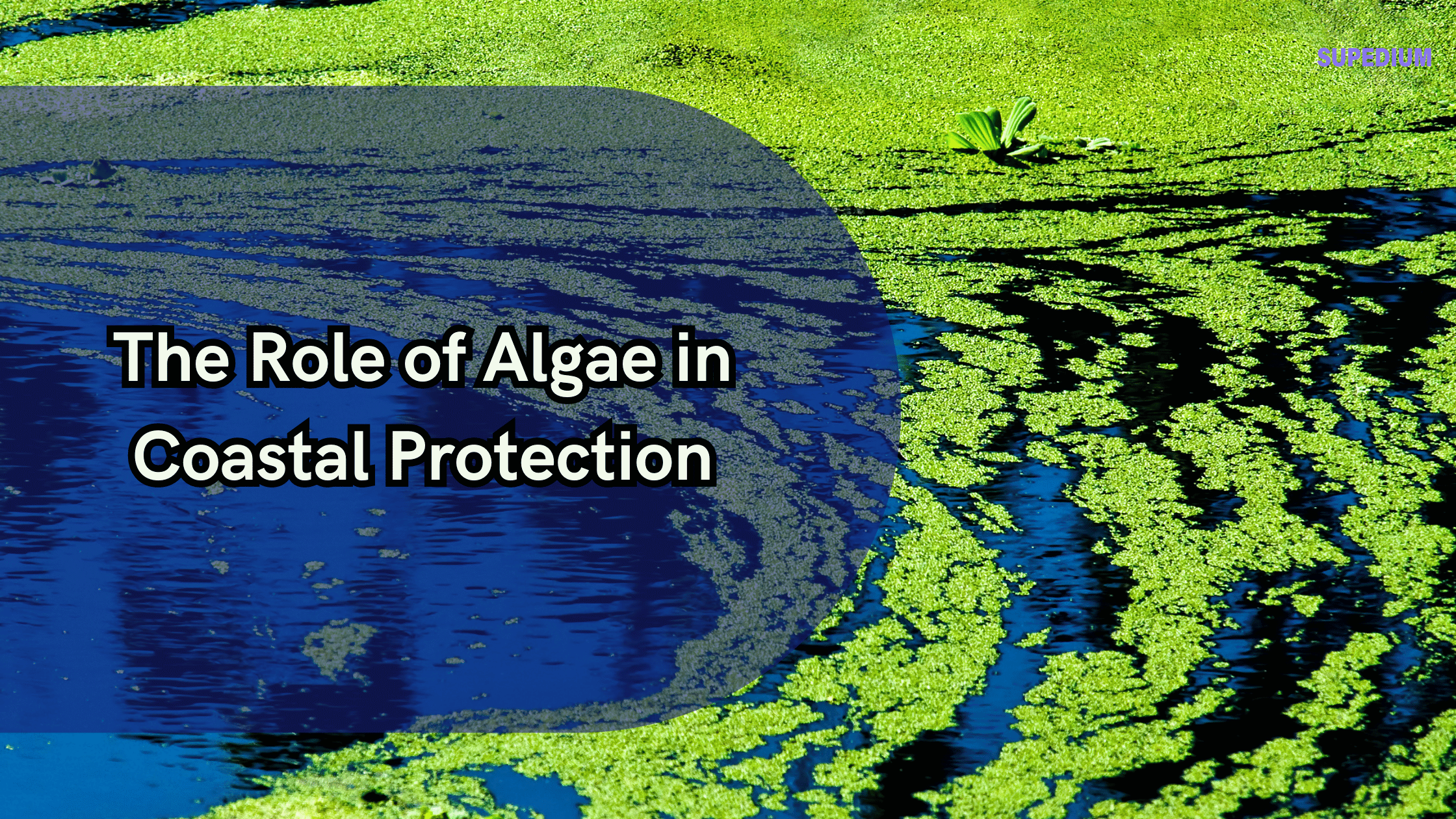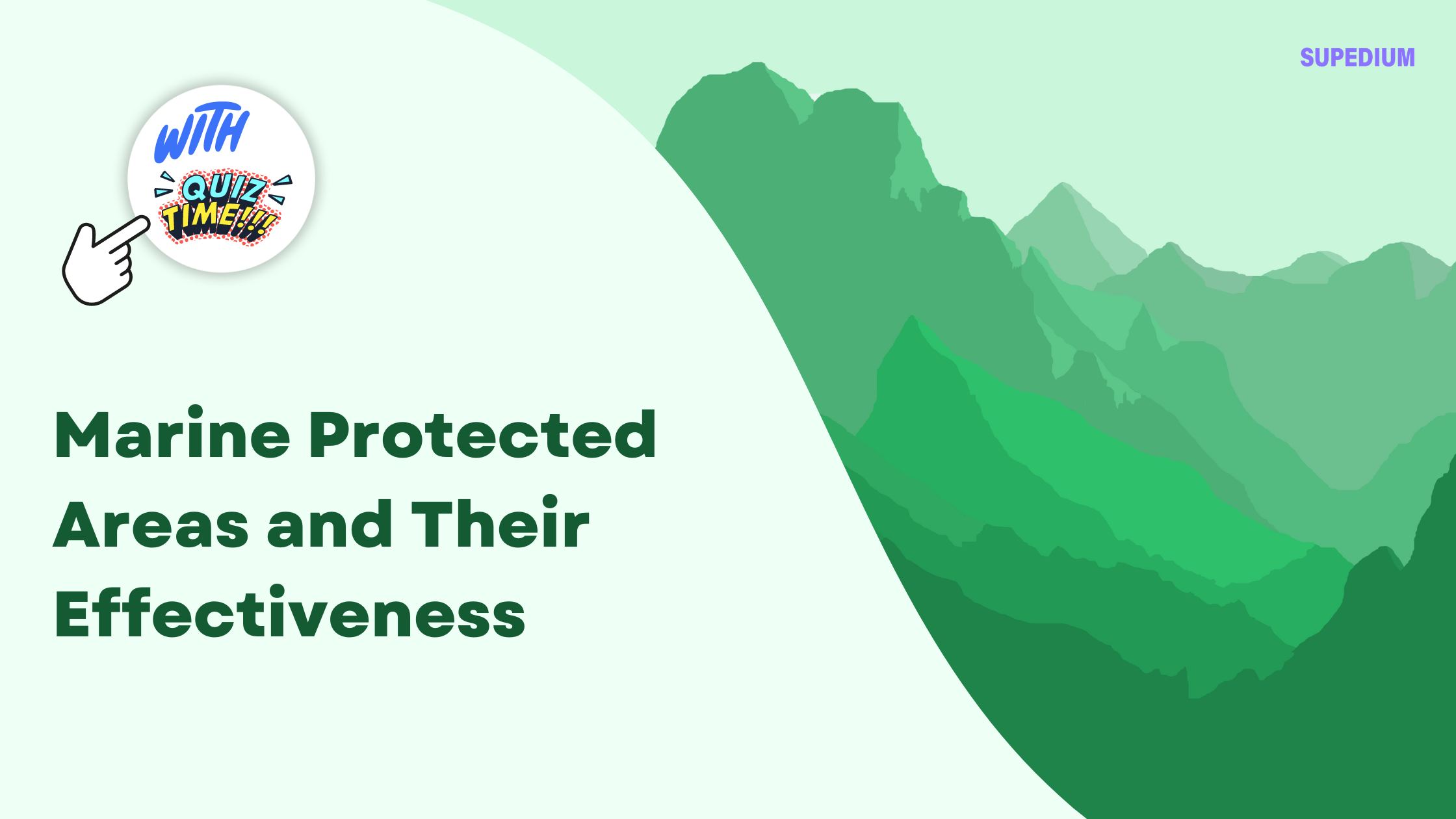Table of Contents
![]()
Introduction
Coastal protection is a critical aspect of environmental management, aimed at safeguarding shorelines from erosion, flooding, and other adverse impacts. Traditional methods of coastal protection often involve physical structures like seawalls and breakwaters. However, emerging research highlights the significant role of natural elements, such as algae, in maintaining coastal stability. This article explores the various ways algae contribute to coastal protection, examines relevant case studies, and discusses current challenges and future directions for enhancing the protective functions of these vital organisms.
Types of Algae Relevant to Coastal Protection
Macroalgae and microalgae play distinct but complementary roles in coastal ecosystems. Macroalgae, including seagrasses and seaweeds, are large, visible algae that anchor to the seabed. They contribute to coastal protection through physical stabilization and energy absorption. Seagrasses, such as eelgrass and turtle grass, form dense underwater meadows that stabilize sediments and reduce erosion. Seaweeds, like kelp and sargassum, act as physical barriers that diminish wave energy and support sediment accumulation.
Microalgae, such as phytoplankton and cyanobacteria, are microscopic organisms that float in the water column. While their role in coastal protection is less direct, they contribute to the overall health of marine ecosystems, influencing nutrient cycling and supporting biodiversity, which indirectly benefits coastal resilience.
Mechanisms of Coastal Protection by Algae
Erosion Control
Seagrasses possess extensive root systems that stabilize sediments, preventing erosion and reducing the resuspension of sediments. This stabilization is crucial in areas with high wave action or strong currents. The dense root mats created by seagrasses bind the sediment together, making it more resistant to displacement.
Similarly, macroalgae such as kelp and sargassum contribute to erosion control through their physical structure. Kelp forests create a canopy that reduces the impact of waves on the shoreline, while sargassum floating mats help trap sediments and prevent erosion.
Wave Energy Reduction
Macroalgae play a significant role in mitigating wave energy. Kelp forests, for instance, act as natural breakwaters, absorbing and dissipating wave energy. This reduction in wave height and energy helps protect coastlines from the force of incoming waves, reducing the risk of coastal erosion and property damage.
The physical presence of algae creates friction and turbulence that slows down and disperses wave energy, providing a buffer for the shoreline. This mechanism is particularly effective in regions prone to high wave action.
Shoreline Stabilization
Algae contribute to shoreline stabilization through their growth patterns. Seagrasses and macroalgae create habitats that support sediment accumulation and stabilize the shoreline. The growth of these algae forms a protective layer that shields the coast from wave action and reduces the risk of erosion.
Seagrass meadows, for example, promote sedimentation by slowing water flow and allowing particles to settle. Over time, this leads to the formation of a stable sediment layer that reinforces the shoreline.
Ecological Benefits Enhancing Coastal Protection
Biodiversity Support
Algae play a crucial role in supporting biodiversity. Seagrass meadows and kelp forests provide habitat and food for a wide range of marine organisms. These habitats enhance ecosystem resilience by supporting diverse communities of fish, invertebrates, and other marine species.
Healthy algal ecosystems contribute to overall marine health, which indirectly benefits coastal protection. A diverse and robust marine ecosystem is better equipped to withstand and recover from environmental stresses, including those affecting the shoreline.
Nutrient Cycling
Algae are integral to nutrient cycling in coastal ecosystems. They absorb nutrients from the water, reducing the likelihood of harmful algal blooms and mitigating the impacts of nutrient runoff. By regulating nutrient levels, algae help maintain the balance of coastal ecosystems and support the health of seagrass meadows and kelp forests.
This nutrient regulation is essential for preventing issues like eutrophication, which can lead to detrimental effects on coastal environments, including decreased water quality and increased erosion.
Case Studies
Seagrass Meadows
In the Caribbean, seagrass meadows have been shown to significantly reduce coastal erosion. Studies have demonstrated that seagrass beds act as effective natural barriers, stabilizing sediments and reducing wave energy. Restoration efforts have successfully re-established seagrass meadows, leading to improved shoreline stability and reduced erosion rates.
Kelp Forests
The Pacific Ocean is home to extensive kelp forests that provide crucial coastal protection. Research indicates that these forests reduce wave energy by up to 50%, offering substantial protection to shorelines. Case studies from California and Australia highlight the effectiveness of kelp forests in mitigating coastal erosion and supporting marine biodiversity.
Sargassum and Floating Algae
Sargassum, a type of floating algae, has gained attention for its role in coastal protection. In the Atlantic Ocean, sargassum influxes have been observed to impact beach stabilization and coastal ecosystems. While large sargassum mats can sometimes cause challenges, they also contribute to sediment trapping and shoreline protection.
Threats to Algae and Their Coastal Protection Role
Climate Change
Climate change poses significant threats to algae and their protective functions. Rising ocean temperatures can affect algal growth and distribution, potentially leading to shifts in habitat and reduced effectiveness in coastal protection. Ocean acidification also impacts algal health, influencing their ability to stabilize sediments and reduce wave energy.
Pollution
Nutrient pollution from agricultural runoff can lead to harmful algal blooms, which disrupt ecosystems and reduce the effectiveness of algae in coastal protection. Pollutants like heavy metals and plastics can also harm algal health, affecting their ability to provide stabilization and habitat.
Human Activities
Coastal development, such as construction and land reclamation, can destroy algal habitats and reduce their protective functions. Overharvesting of algal resources also poses a threat, as it depletes critical habitats and disrupts ecological balance.
Conservation and Management Strategies
Protection of Algal Habitats
Protecting algal habitats is essential for maintaining their role in coastal protection. Marine protected areas (MPAs) and restoration projects are crucial for safeguarding seagrass meadows, kelp forests, and other vital algal ecosystems. These measures help preserve the natural functions of algae and enhance their contribution to shoreline stability.
Sustainable Practices
Adopting sustainable practices is key to supporting algal health. Managing nutrient runoff and minimizing the impacts of coastal development are critical for maintaining the effectiveness of algae in coastal protection. Implementing best practices in agriculture and land use can help reduce pollution and support healthy algal populations.
Research and Monitoring
Ongoing research and monitoring are vital for understanding the role of algae in coastal protection and addressing emerging challenges. Monitoring programs can assess algal health and effectiveness, guiding management strategies and ensuring that protective functions are maintained.
Conclusion
Algae play a vital role in coastal protection, contributing to erosion control, wave energy reduction, and shoreline stabilization. Their ecological benefits, including supporting biodiversity and nutrient cycling, further enhance their importance in maintaining coastal resilience. Despite the challenges posed by climate change, pollution, and human activities, effective conservation and management strategies can help preserve and enhance the protective functions of algae. Continued research and sustainable practices are essential for ensuring that algae continue to play a critical role in safeguarding coastlines for future generations.
Share This





Be the first to comment